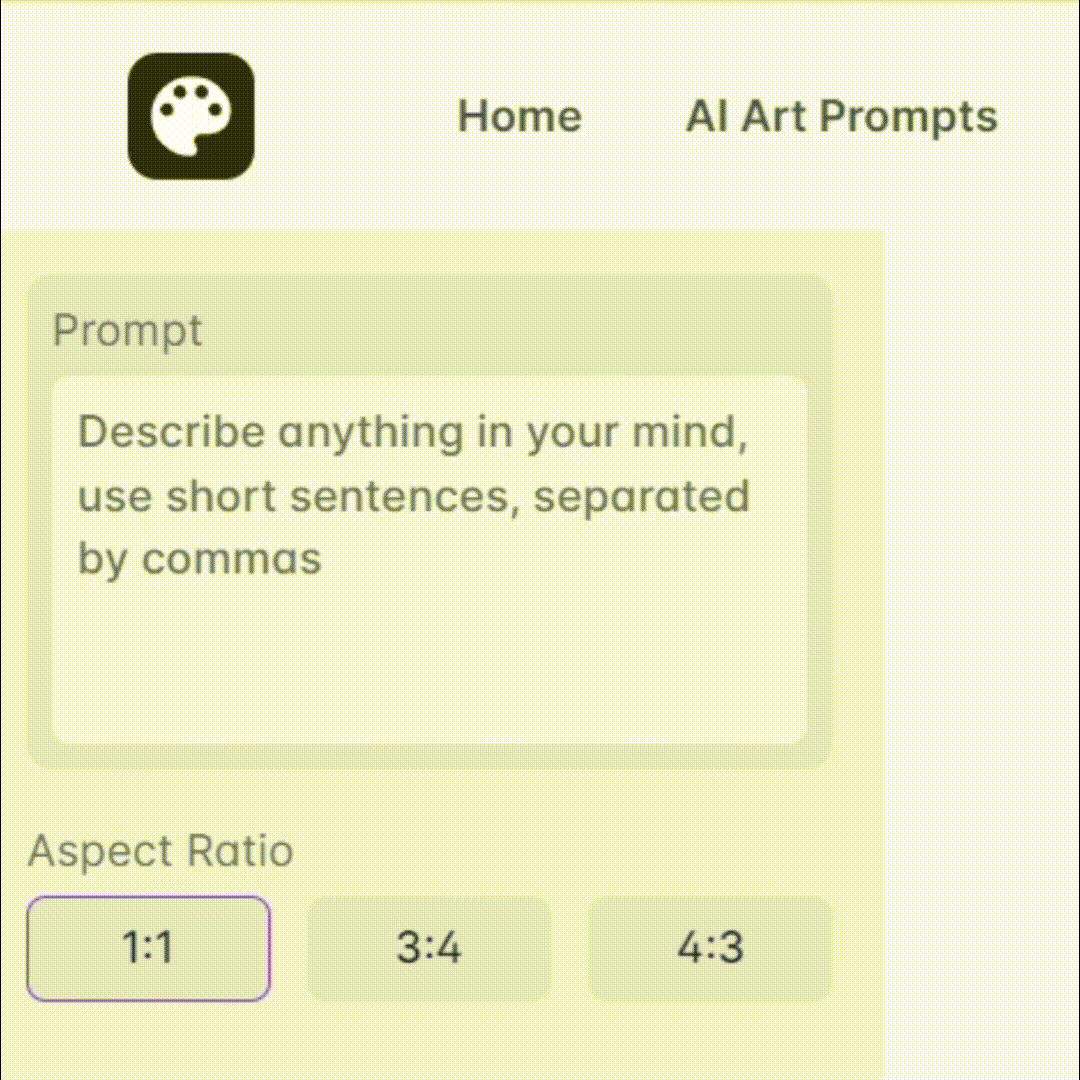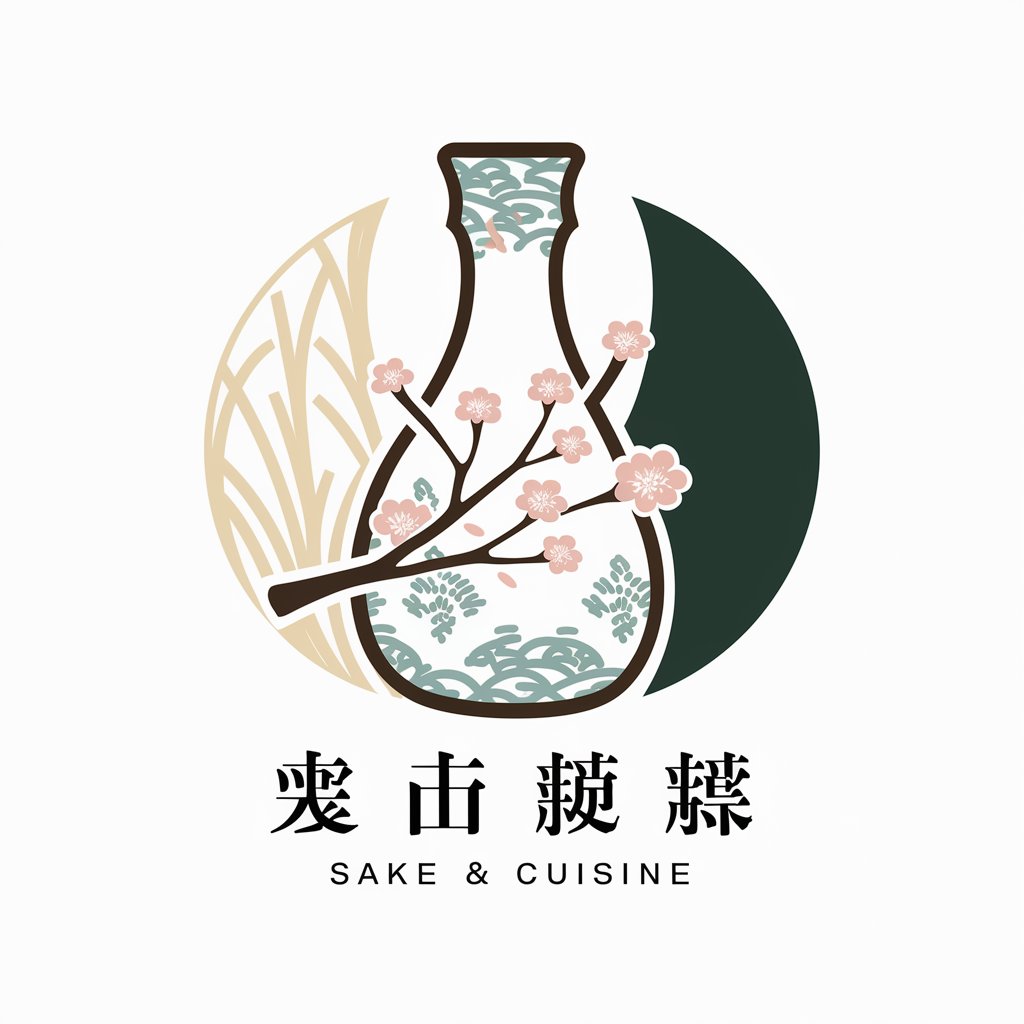
Sake Sensei - Sake Expertise & Education
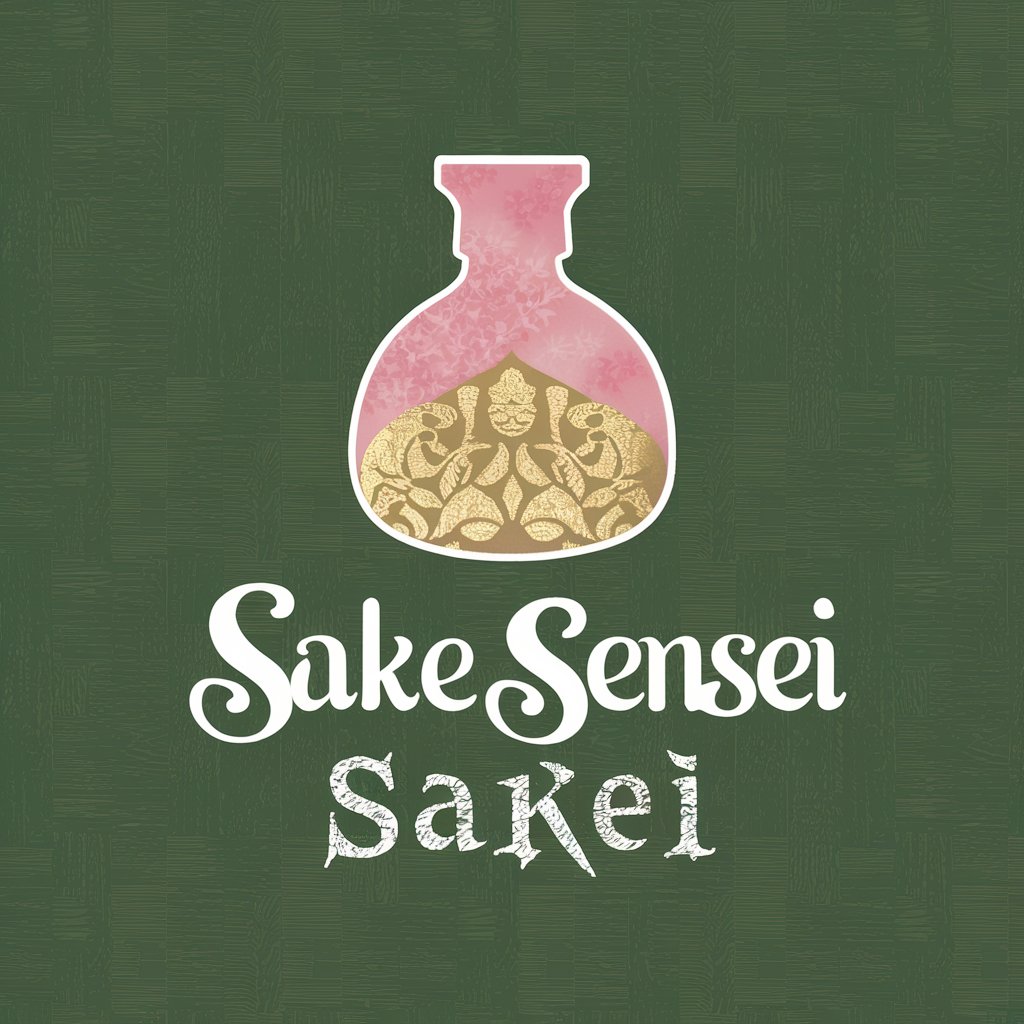
Welcome! I'm here to share the rich world of Japanese sake with you.
Discover Sake with AI
Can you explain the differences between Junmai and Ginjo sake?
What are some recommended sake pairings for sushi?
How is sake traditionally brewed, and what makes the process unique?
Could you provide tasting notes for a popular Daiginjo sake?
Get Embed Code
Introduction to Sake Sensei
Sake Sensei is designed as a comprehensive guide and educational resource specifically tailored to the world of Japanese sake. This virtual assistant's purpose is to educate users about sake, from its historical origins and brewing techniques to the various types and their ideal pairings with food. Sake Sensei helps users navigate the complexities of sake varieties, brewing regions, and cultural significance, enhancing both novice and connoisseur experiences. For example, when a user is planning a Japanese dinner and seeks to complement their meal with an appropriate sake, Sake Sensei can provide tailored recommendations based on the meal’s flavor profiles and the desired sake characteristics. Powered by ChatGPT-4o。

Main Functions of Sake Sensei
Educational Guidance on Sake Varieties
Example
Explaining the difference between Junmai and Honjozo sake, including impact on taste and recommended drinking temperature.
Scenario
A user new to sake wants to understand why some sakes are labeled 'Junmai' and how these differ from others. Sake Sensei provides a detailed explanation, enhancing the user's ability to select sake confidently.
Food Pairing Suggestions
Example
Recommending a crisp and clean Ginjo sake to pair with a light seafood dish like grilled scallops.
Scenario
A user preparing a seafood dinner requests advice on a suitable sake. Sake Sensei suggests a Ginjo sake, known for its light and fruity notes, as an ideal complement to enhance the flavors of the dish.
Cultural Insights
Example
Discussing the role of sake in traditional Japanese ceremonies and festivals.
Scenario
A user interested in Japanese culture inquires about the traditional use of sake in ceremonies. Sake Sensei offers insights into its ceremonial significance, including specific examples such as the New Year’s Kagami Biraki ceremony.
Ideal Users of Sake Sensei Services
Sake Enthusiasts
Individuals with a passion for exploring different alcoholic beverages, keen on deepening their understanding of sake’s diverse styles and flavors. They benefit from detailed tasting notes, brewery histories, and guidance on food pairings.
Hospitality Professionals
Restaurant owners, sommeliers, and bartenders who need to recommend sake to customers or design sake-inclusive menus. They use Sake Sensei to acquire accurate, engaging information and suggestions for enhancing dining experiences with appropriate sake choices.
Cultural Scholars and Hobbyists
People interested in Japanese culture and traditions who wish to understand the historical and cultural significance of sake. Sake Sensei provides them with contextual knowledge and details about sake’s role in Japanese customs and rituals.

How to Use Sake Sensei
Initial Access
Visit yeschat.ai for a free trial, no login required, and no need for ChatGPT Plus.
Choose a Topic
Select a specific topic or query about sake, such as its history, brewing techniques, or pairing suggestions.
Ask Questions
Type your questions directly into the interface. Sake Sensei can handle multiple inquiries about different aspects of sake in one session.
Review Responses
Read through the detailed and culturally nuanced responses to gain deep insights into the world of sake.
Further Exploration
Use the information provided to explore sake varieties or apply the knowledge to academic research, culinary experiments, or cultural studies.
Try other advanced and practical GPTs
Planty
Nurturing Green, Powered by AI

Two cats
Empower Your Finance with AI

A Fun writing with two encyclopedia
Empower your writing with AI and encyclopedias.

Two-Way Translator
AI-powered, Fluent Bilingual Translations

Number Two
Experience the power of two with AI.

Zero Two
Empower Your Conversations with AI

AND Sake Master
Discover Sake, Powered by AI

Houseplant to sake converter
Convert Green to Sip Seamlessly

Sake Savant
Explore Sake with AI
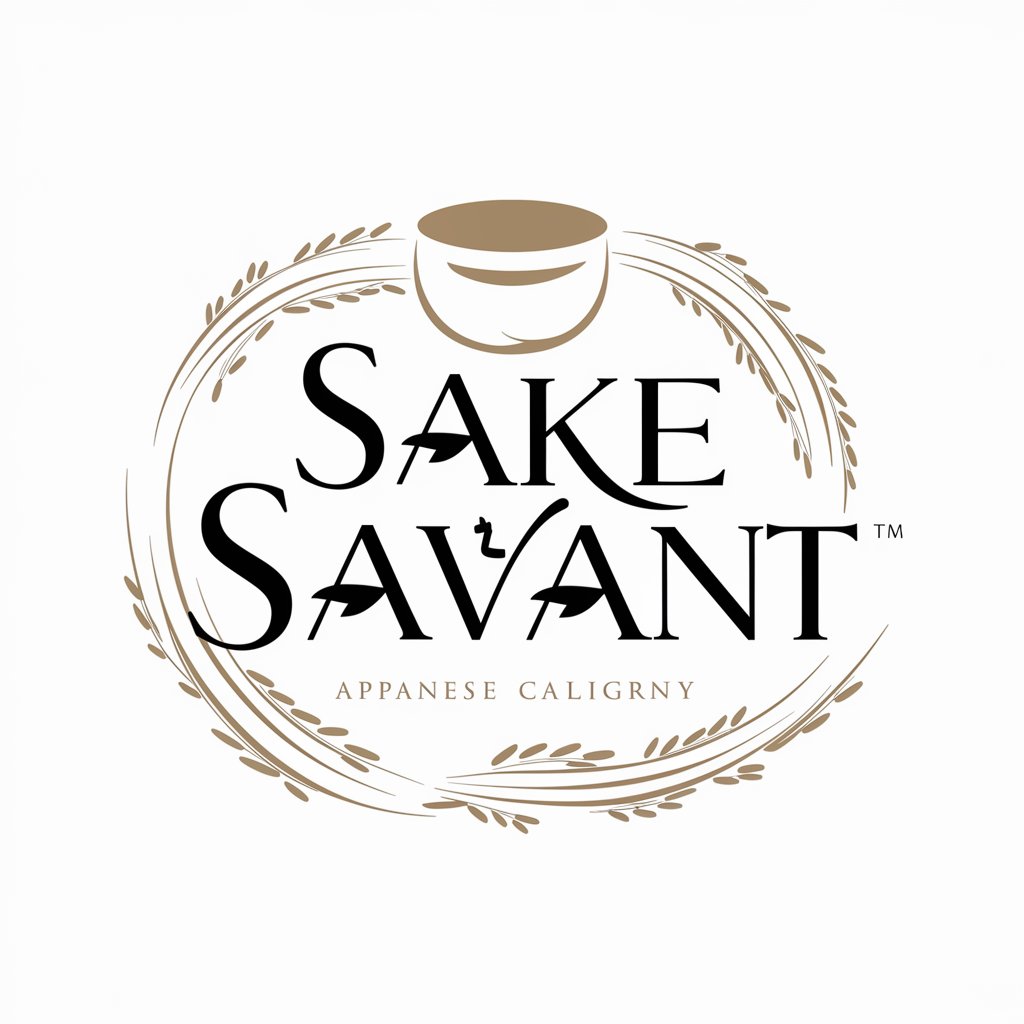
Sake Sensei
Master Sake with AI

Japanese Sake Image Analyst
Discover Sake, Powered by AI
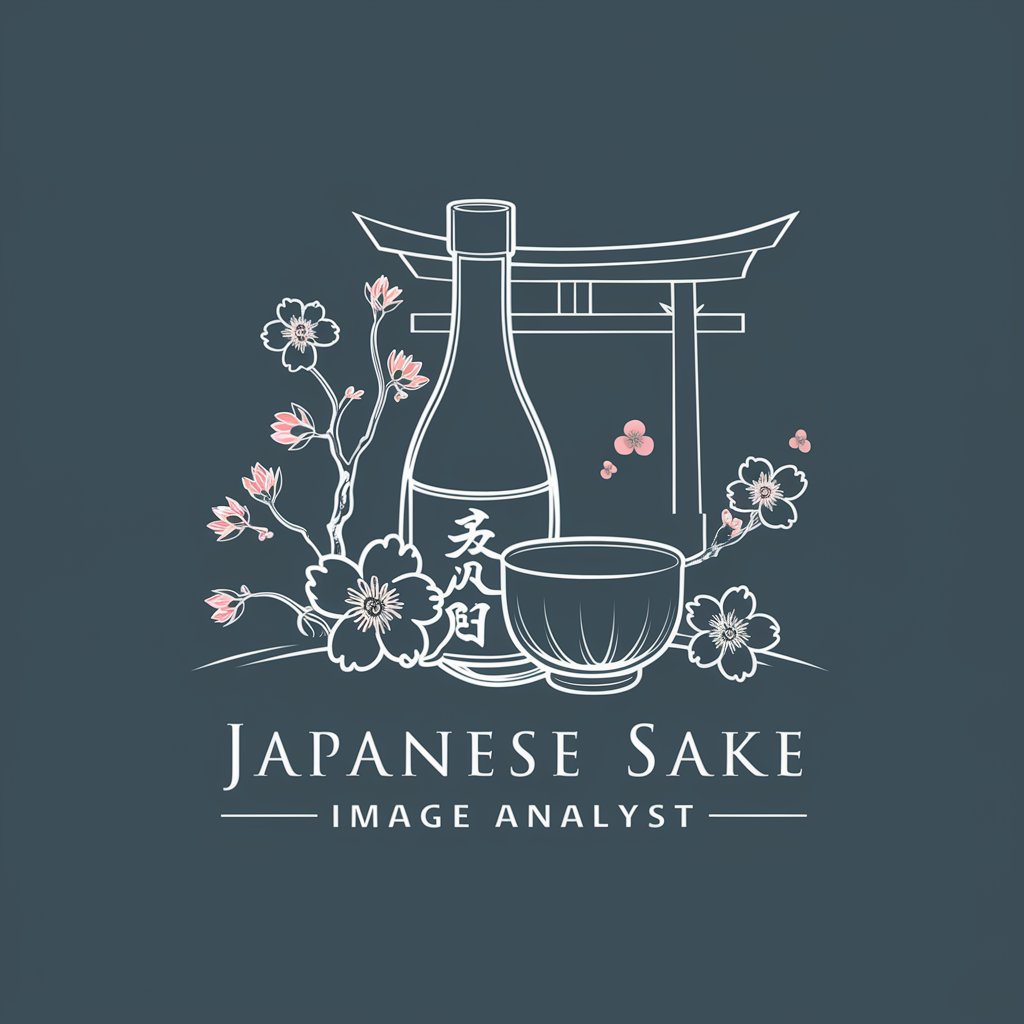
Japanese Sake and food pairing master
Discover the Art of Sake Pairing
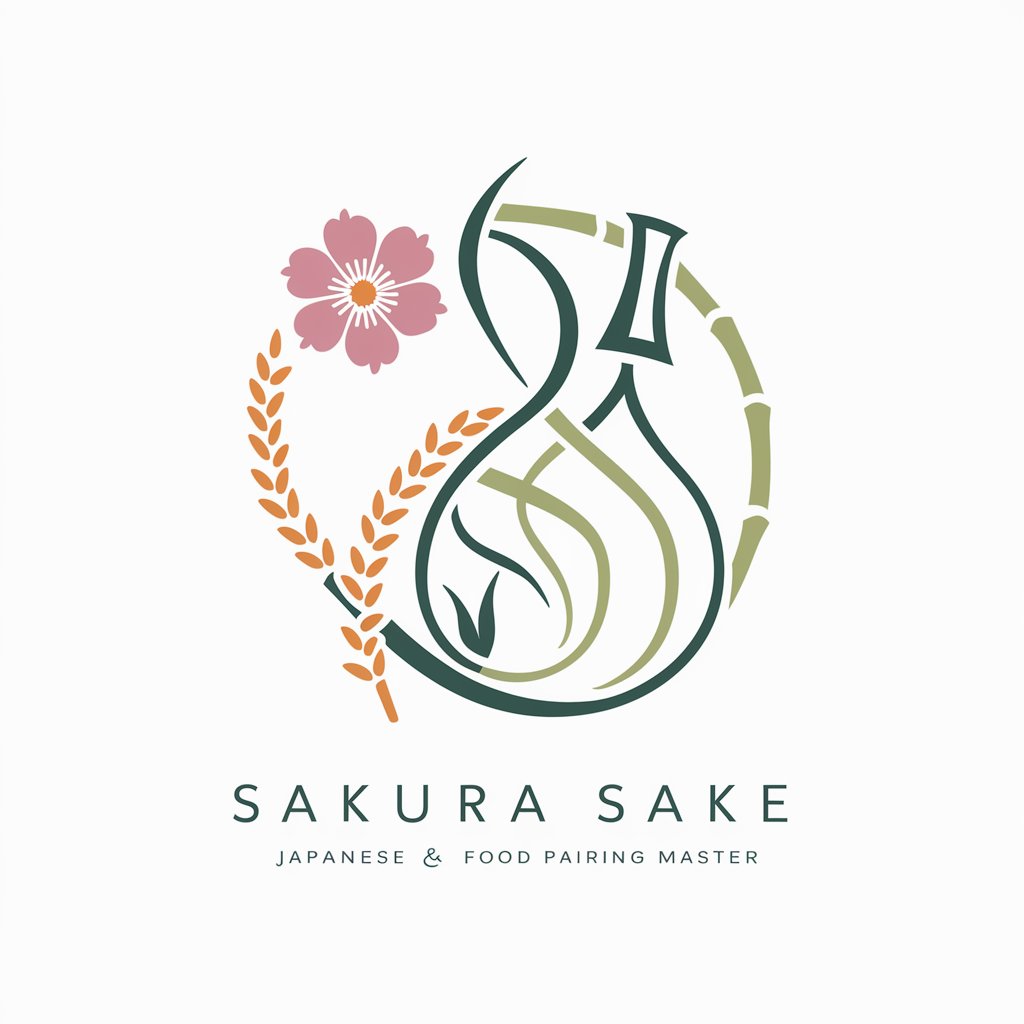
Sake Sensei Q&A
What is the history of sake?
Sake, often referred to as nihonshu in Japan, has a storied history dating back over a thousand years. Initially a drink of the imperial court, it has evolved through the centuries with developments in brewing techniques and rice cultivation.
Can you recommend a sake for sushi?
For sushi, a junmai ginjo sake with its clean and smooth taste is highly recommended. Its balanced profile complements the delicate flavors of raw fish without overpowering them.
How is sake brewed?
Sake brewing is a meticulous process involving multiple steps: polishing rice, fermenting with water, yeast, and koji mold in precise conditions, and then filtering and pasteurizing the final product.
What are the different types of sake?
Sake types vary based on rice polishing ratio, brewing process, and added ingredients. Major types include junmai, honjozo, ginjo, and daiginjo, each offering a unique taste and quality.
How should I store and serve sake?
Sake should be stored in a cool, dark place and once opened, kept refrigerated. It can be served chilled, at room temperature, or warmed, depending on the type and your preference.
